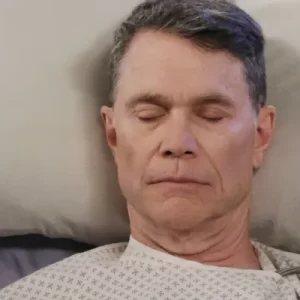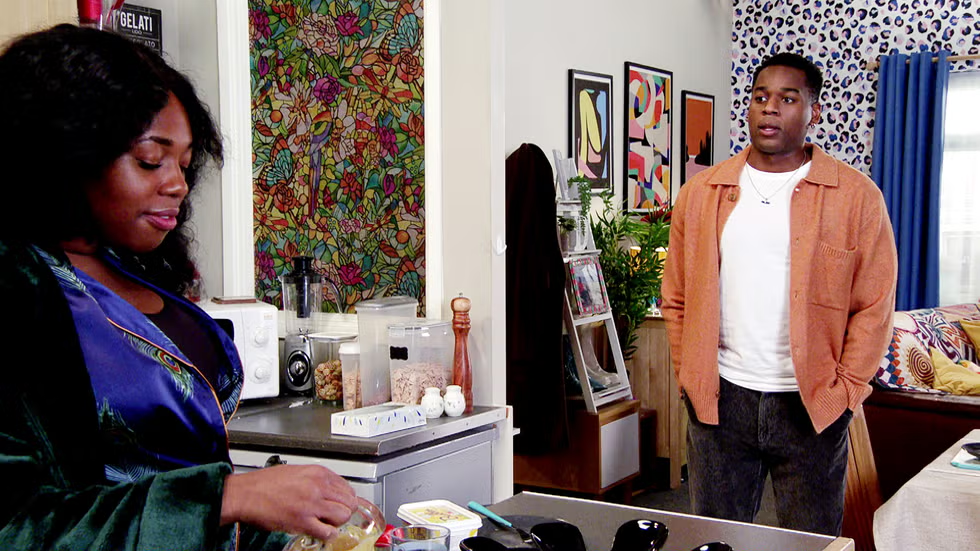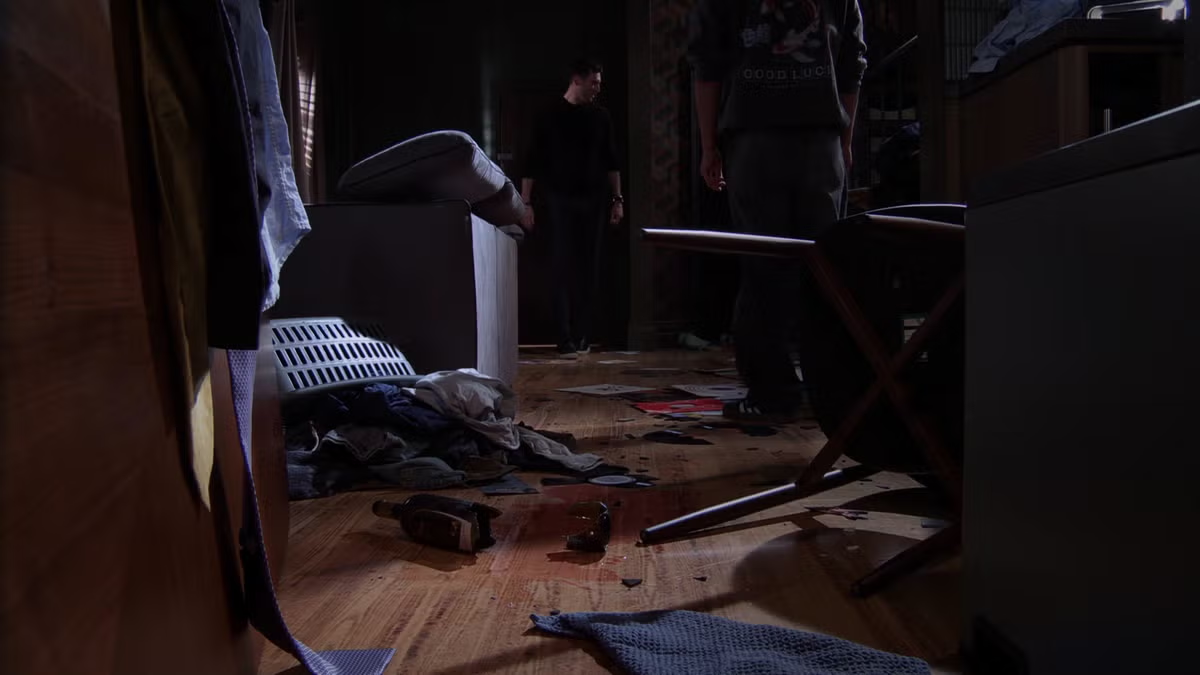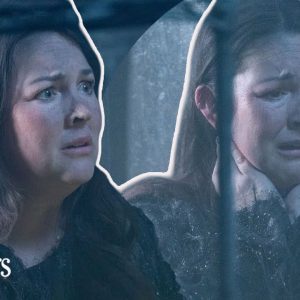Julia Schlaepfer, who portrays Alexandra in the “Yellowstone” prequel 1923, shares how her experience filming the series was far more than just a job—it was a deeply personal journey into nature, history, and self-discovery. Her time on set didn’t just bring her closer to the character she played, but also to a life that reflects the rugged authenticity of the American West. This transformation, echoed in the series itself, draws viewers into the raw beauty and quiet strength of Montana’s landscape—something Julia now embraces in her everyday life.
From the moment Julia joined 1923, she was immersed in the world of ranching, livestock, and traditional cowboy life. Working alongside seasoned wranglers, cowboys, and cowgirls—individuals who’ve spent their lives caring for the land and animals—offered her an unexpected education in authenticity and simplicity. These professionals, with their generational wisdom and unwavering love for the outdoors, opened Julia’s eyes to a way of living that prioritizes respect for nature. She recalls how this connection awakened something deep within her: a reverence for the Earth and a yearning to be part of a story that speaks to something bigger than herself.
The journey she speaks of—the one so vividly portrayed in 1923—isn’t just a narrative confined to the screen. It’s alive in every frame, through sweeping shots of Montana’s untamed wilderness, the animals roaming freely, and the unyielding dedication of those who inhabit this world. According to Julia, what audiences witness on-screen is only a glimpse of the real labor, love, and harmony that exist behind the scenes. And for her, being part of that world has been life-changing.
In fact, 1923 didn’t just shift Julia’s perspective—it shifted her entire life. After season one, she made a monumental decision: she left behind the bustling city life and moved permanently to Montana. That first encounter with the majestic landscape made such an impression on her that she couldn’t imagine living anywhere else. The serenity, the open skies, the endless possibility of solitude and self-reflection—Montana gave her something she hadn’t realized she needed: peace. It felt like home in a way nothing else had before. 
Julia paints a vivid picture of the freedom and mental clarity she’s found since relocating. Nature isn’t a backdrop—it’s a sanctuary. Hiking, river walks, and quiet afternoons spent outdoors have become her therapy. She reflects fondly on her upbringing in Washington State, where natural beauty was abundant, and contrasts it with her time in New York City—a thrilling yet overwhelming chapter of her life. City living, while energizing, eventually took a toll. It wasn’t until she returned to a more natural environment that she realized how much she needed the simplicity and peace of open space.
One particular passion that stands out for Julia is her love for horseback riding. For her, horses are not just animals—they’re healers. Their sensitivity to human emotion, their strength, and their gentleness have a profound effect on her well-being. She admits that if she could spend every moment on horseback, she would. These moments in the saddle offer her a kind of emotional clarity and balance that’s hard to come by elsewhere. It’s no wonder that equine therapy exists—Julia herself swears by the healing power of these majestic creatures.
As a cast member of both 1923 and the wider Yellowstone universe, Julia is keenly aware of the impact these shows have had on viewers. They don’t just entertain—they inspire. She’s seen firsthand how audiences are beginning to reconnect with nature, to value its preservation, and to better understand the stories rooted in the American frontier. The sprawling history of the Dutton family, as depicted in 1883 and 1923, doesn’t just unravel their legacy—it invites people to witness the grandeur and fragility of the world they live in.
Julia hopes that the emotional and visual journey that 1923 offers will awaken in viewers the same sense of appreciation and responsibility that it did for her. She urges everyone to not only explore the natural world but to fall in love with it—to embrace it and protect it. In a time when the noise of modern life often drowns out our connection to the Earth, shows like 1923 serve as powerful reminders of our roots.
As spring brings new life to the land, with budding grass and the promise of summer, Julia finds hope in the changing seasons. The outdoors have become her lifeline, grounding her in ways she didn’t know she needed. The peaceful rhythm of Montana life, the close-knit community, and the ever-present reminder of nature’s power have redefined what home means to her.
In her own words, Julia doesn’t just act for the camera—she lives for the land. She lives for the animals. And perhaps most importantly, she lives for the journey. What began as a role in a historical drama has become a lifestyle steeped in meaning and mindfulness. And for those who’ve followed the Dutton saga across generations, Julia’s story is a compelling extension of that epic—one that’s real, raw, and beautifully grounded in the natural world.
So, as fans eagerly await what’s next for 1923, they can take comfort in knowing that the show’s legacy lives beyond the screen—in the hearts of its cast, in the wilderness of Montana, and in every viewer who’s ever been moved by the vast beauty of the Yellowstone universe.





